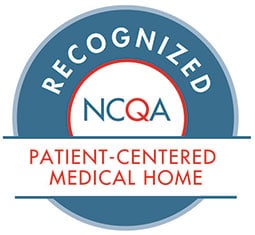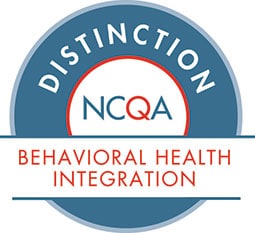APRIL is Autism Awareness Month!
Post written by Amy Gray, LSCSW, Behavioral Health Clinician
April is Autism Awareness Month. Awareness month efforts promote knowledge and increase awareness of public health issues. April is the month to learn more about AUTISM!
WHAT IS AUTISM?
Autism is formally defined as Autism Spectrum Disorder (ASD). ASD is a developmental disability characterized by significant social, communication and behavioral challenges. People with ASD often communicate, behave and learn in different ways. Some people with ASD are gifted and some may be severely challenged. Some people with ASD may need help in their daily lives and others may need very little. ASD now includes autistic disorder, pervasive developmental disorder not otherwise specified (PDD-NOS) and Asperger syndrome, which are conditions that were previously diagnosed separately.
HOW PREVALANT IS AUTISM?
Data and Statistics on ASD
While there are a lot of efforts to evaluate and treat Autism, the prevalence is difficult to assess. Estimates are used to extrapolate data of known cases to determine how prevalent ASD actually is.
Key findings from the 2020 Community Report from the Autism and Developmental Disabilities Monitoring Network’s most recent report include:
- About one in 54 or 1.85 percent of eight-year-old children were identified with ASD according to estimates from Centers for Disease Control and Prevention (CDC) Autism and Developmental Disabilities Monitoring (ADDM) Network
- ASD is about four times more common among boys than among girls and occurs in all racial, ethnic and socioeconomic groups.
New findings in the most recent 2020 report:
- For the first time ADDM Network data found no overall difference in the number of black children identified with autism compared to white children. However, the number of Hispanic children identified with autism is still lower compared to white or black children.
- More four-year-old children with ASD received evaluation by 36 months in 2016 (84 percent) than in 2014 (74 percent).
Additional Information
The CDC has a new data visualization tool that lets users map and graph ASD data. You can see that here.
For more information, visit the World Health Organization’s website.






